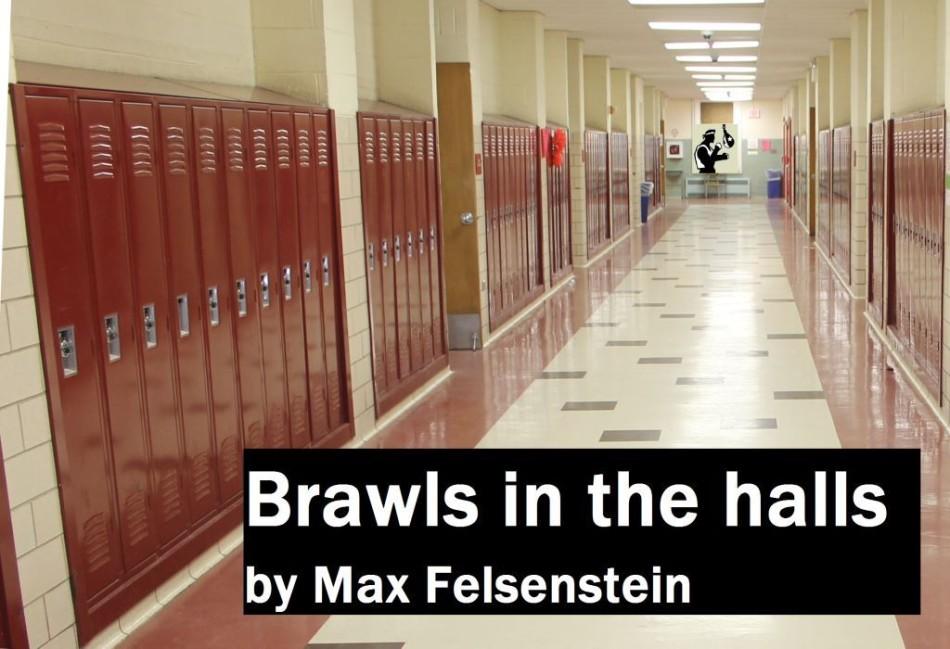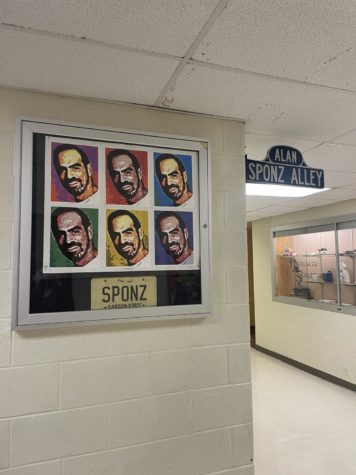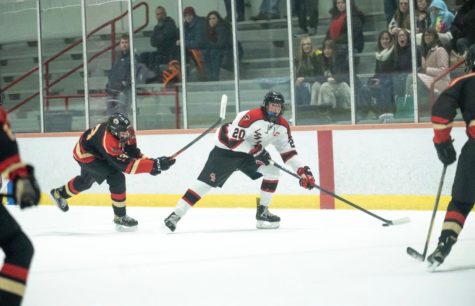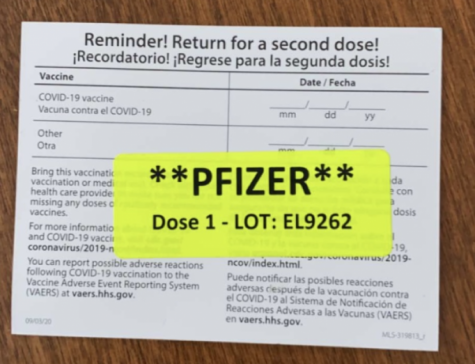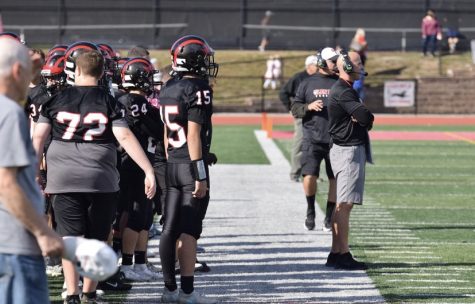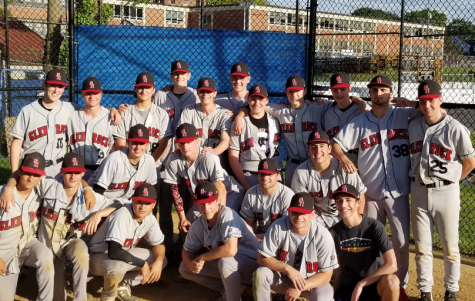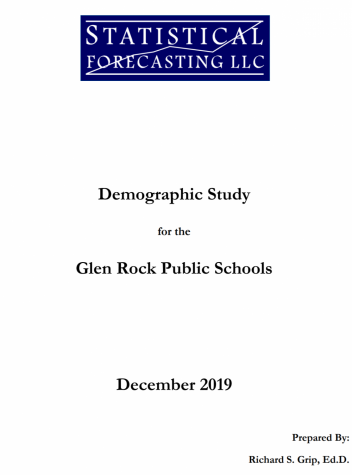Brawls in the halls
GLEN ROCK, N.J. – “I’ve been in a couple fights in my day. The one I remember with the most clarity was on the corner near a beat-up house where an old man would occasionally peer out the window,” the English teacher said, looking at the ceiling in his reminiscence. “We’d usually see a single eye peering through the blinds… perhaps that eye was the only thing watching us that day.”
Perhaps more so than any other code of social conduct, the honor and ritual of fights has changed during modern times.
In a recent interview with The Glen Echo, Steve Purciello, high school assistant principal, said, “We rarely have any fights during school. We maybe have one or two every couple of years. When I was in high school, it was a different generation. We fought more often. Students had less severe punishments.”
The school’s rule today, as stated on page 18 of the student handbook, is a follows: “Students are expected not to fight. Parents will be notified, referral to the Assistant Principal, an out of school suspension for all participants, and possible referral to outside agencies.”
Perhaps this begs the question: why don’t students fight as often as they used to?
According to a study done in 2009 by National Center for Education Statistics, 39% of males and 27% of females were reportedly involved in a fight while in school. Data was recorded by 41 out of the 50 states.
“In my personal opinion, fighting hasn’t decreased, it just depends on the area that they’re a part of,” said John Arlotta, school principal.
Glen Rock High School sophomore Christina Howie said, “In rural areas where everyone knows about you, you don’t want to do anything wrong because everyone will know. In an urban area, less people know who you are and your reputation.”
But back in 1999, regulations were less stringent, especially in some of the bigger urban schools in New Jersey. The English teacher, who had sat down to speak with The Glen Echo, recalled one of his schoolboy tiffs.
“I was walking home from the bus stop with other students that lived nearby and some friendly jostling quickly escalated into an impromptu ring of gladiators,” he said. “Before I knew it, we were wrestling on the floor like untrained wrestlers.”
Yet while this teacher had attended a large school, other students don’t think that the size of Glen Rock is what stifles physical altercations – that there must be something more elusive that stymies student-on-student altercations.
“In my opinion, the size of the school is not a factor in these confrontations. We live in a small town, go to a small school, and see these people everyday, but we’ve still seen the occasional physical fight,” sophomore Jesse Weiss said.
Weiss had his own ideas as to why Glen Rock high school seems safer than most.
“Sports and extracurricular activities, period,” he said. “We all want to play. For most athletes, actors, and actresses, these are our last four years to do something special in the activities we’ve grown up to love and succeed in.”
Other students agree, like Gabby Juliana (’16) who appreciates the ability to participate in whichever extracurricular activities she elects.
“Sports play a big role because the Board of Education can take away your right to play in the sport. You’re devoted to the team and don’t want to give up a second of the sport for an irrational or incoherent mistake that you may have made by picking the fight or continuing it,” she said. “Today, you see professional athletes fight all the time in hockey, soccer, baseball, football, no matter the sport.”
Recently, two minor league Canadian hockey players, Gaby Roch and Joel Thériault, squared off in the classic hockey fight. The battle lasted just over a minute but, after a countless number of punches, the two high-fived and shared a hug.
“The epic battle between these two men is an example of how awful fighting is, but the two players realized that fighting wasn’t the answer to their problems,” Juliana said. “Students should have the same instincts and shouldn’t resort to fighting as a sensible answer to any predicament.”
As times have changed, students now can only look to the past to see where we have come from. In the 20th century, things may have been different but the code of conduct was similar.
Glen Rock resident Lori Gunar said, “My peers used to fight all the time. The teacher would then break it up and the students would be asked to shake hands. After that, we’d go on as if the fight never happened just like the two players.”
“We had respect for each other back then,” Gunar added. “Today, you’re not given a chance to settle the disagreement, which could be good and bad. Good because no one will get hurt, but bad because all of the anger will still be compiled inside of you, you can’t let it out.”
Assistant Principal, Mr.Purciello said, “There is zero tolerance for fighting of any kind on school grounds.”
“Perhaps the fights have left the school building and are now more covert,” a teacher said. “Maybe they’ve gone online.”
The school policy, as enforced by assistant principal Steve Purciello remains constant: no tolerance.
“The tolerance level has changed since our parents were younger, but I don’t fight because my parents raised me properly and I exhibit self-control,” said a Glen Rock High School student, who asked not to be named. Nevertheless, the student conceded, “If I’m hit by another student, I’m going to hit them back.”
Perhaps, that same mindset typifies the errant definition students have in their minds: although fights are meant to solve a dispute, they can still be honorable.
“Years later,” said the English teacher who had recalled his boyhood wrestling match, “That same boy I fought with in middle school… we eventually became good friends in high school.”
He grinned and said, “He was actually a year younger than me. Now that I think of it, it’s pretty sad that our skirmish was so evenly matched!”
Yet it seems as if the collective conscience of the school population has moved toward overcoming the urge to physically fight, opting instead to use pacifism and cooperation.
Juliana Roddy (’16) said, “Fights are usually used to settle a dispute and I respect that, but I think that someone involved should be the bigger person and step up, shake their hand, and move on with their life.”
If only we lived in such a simple world. Unfortunately, Glen Rock may be what most call it in passing: a bubble.
According to the CDC’s School Associated Violent Death Study, between 14 and 34 school-aged children are victims of homicide on school grounds on their way to and from school – each and every year.
There were several major findings in CDC’s study:
• Most school-associated violent deaths occur during transition times – immediately before and after the school day and during lunch.
• Violent deaths are more likely to occur at the start of each semester.
• Nearly 50 percent of homicide perpetrators gave some type of warning signal, such as making a threat or leaving a note, prior to the event.
• Firearms used in school-associated homicides and suicides came primarily from the perpetrator’s home or from friends or relatives.
• Homicide is the second leading cause of death among youth aged 5-18. Data from this study indicate that between 1% and 2% of these deaths happen on school grounds or on the way to or from school. These findings underscore the importance of preventing violence at school as well as in communities.
Familiar with these major findings, Roddy said, “A couple stood out. Violent deaths are more likely to occur at the start of each semester because students become very anxious and aware of their grades, making them more likely to lose it at the slightest comment.”
“I never would have thought that there would be that many homicides on school property,” said Alyssa Lorenz (’17). “It just makes you stop and think about how lucky we are to live in such a safe place without a lot of fights.”
Kelly Streaser (’14), editor-in-chief of The Glen Echo, said, “I’m surprised to hear these stats: School is supposed to be a safe environment, and I feel as though if we lived in that environment, I wouldn’t be able to learn. I’d be worried too much about my safety and my surroundings.”
“Since sixth grade, I have maybe seen three fights and none of them have been very gruesome,” Streaser continued.
Yet here in Glen Rock, students continue to feel safe.
Lilia Wood (’16) said, “I come to school here every day and I feel safer than I do in most public places.”
Whatever the reason for that security may be.

Max Felsenstein is a senior at Glen Rock High School. For the past two years, Max was the Sports Editor for The Glen Echo. Max enjoys playing baseball...



